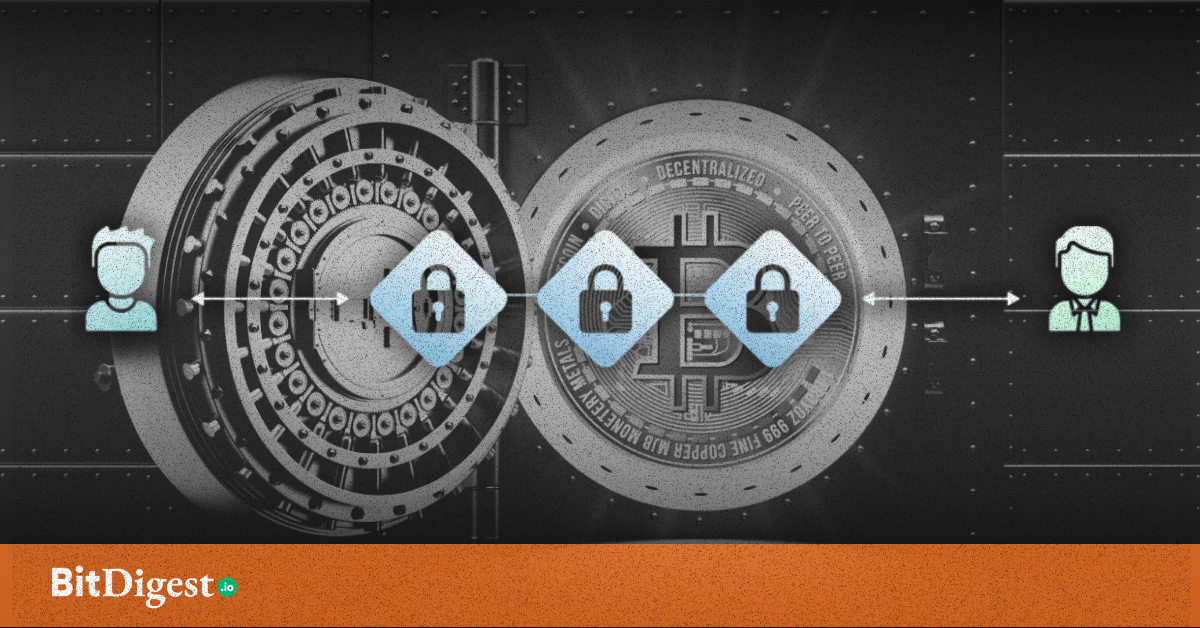What Is the Blockchain Trilemma?
Every day, you and I are faced with choices that we must make, even if it means sacrificing other alternatives. We often make decisions that are best for us and those around us. An example is choosing between buying a new laptop for work or paying for your monthly utility bills. Similarly, the blockchain faces dilemmas.
People who are developing, improving, and participating in the blockchain every day, face fundamental dilemmas called the "Blockchain Trilemma."

The Blockchain Trilemma
Let's tackle it in 4 parts:
- What is it and Who said it?
- Decentralization
- Scalability
- Security
What is it and Who said it?
The "Blockchain Trilemma" is a concept belief that says creators, developers, and participants face a problem in choosing to prioritize between decentralization, scalability, and security for the blockchain.The concept itself was coined by Vitalik Buterin, the co-founder of the Ethereum blockchain. Simply put, the blockchain trilemma says that a blockchain will simultaneously face a challenge in obtaining all three benefits. If you are a developer creating a blockchain, you must make two trade-offs for one part of the blockchain to prosper. Let's further understand what decentralization, stability, and security mean.
Decentralization
Recalling the lesson on the blockchain, it tackles the idea of being decentralized, which means "the blockchain does not have any central authority or entity." This is one of the fundamental ideals that blockchain technology advocates for. Decentralization prevents a person, entity, or party from having total control over a system, mitigating risks such as censorship and manipulation.
Scalability
Scalability refers to the blockchain's ability to support more transactions over time. A blockchain cannot scale if it fails to support a growing number of transactions or nodes in the network. Scalability plays a considerable role in adoption because for mass adoption to happen, people would need a blockchain that can handle higher loads of transactions without sacrificing speed.
Security
Security refers to the blockchain's resistance to network participants trying to attack and manipulate the blockchain. In one of Vitalik's blogs, he says that a blockchain lacks security when it cannot "resist a large percentage of participating nodes trying to attack it."
Ideally, he says that requiring 50% of the nodes to compromise the blockchain's security is ideal. Anything above 25% is just fine, but anything below is unacceptable and therefore not secure. Having security in a blockchain is important since bad actors would not be able to easily manipulate the blockchain in their favor, like using it for their financial gain.
The Blockchain Trilemma and Bitcoin
Given that we have learned about the blockchain trilemma, let us now use it as a guide in understanding Bitcoin as an example.
The first is decentralization. Bitcoin's blockchain is decentralized due to its' ‘Proof of Work Mechanism' or "PoW" way of validating transactions. In a simple explanation, POW requires miners to compete with each other for them to validate and add transactions to the blockchain.
Next is scalability. While Bitcoin's blockchain is decentralized and secure because of PoW, it is said to have some issues when it comes to scaling. Due to its design, Bitcoin's blockchain can only handle an average of 3-7 transactions per second, putting a cap on the number of people that can transact using bitcoin within a certain timeframe. In a simpler take, as more and more people transact with Bitcoin, its blockchain has a difficult time processing everyone's transactions at a rapid pace. While it is a known problem, there exist solutions and proposals that try to fix this problem like the Layer 2 "Lightning Network."
And lastly, security. Bitcoin's PoW not only enables decentralization but also enables security. Bitcoin requires more than half of the network or 51% of the network control to attack and manipulate the blockchain. Recalling the lesson on blockchain's 51% attack for bitcoin, for a group of people to do a 51% attack, they would need massive amounts of hardware and electricity, which will often outweigh the benefits of attacking bitcoin's blockchain.
Concluding Thoughts
Blockchain technology is a global innovation that can offer many benefits when used right. But just like the internet back in the 90s, it is still in its early stages. Developers and communities to this day always discuss different tradeoffs and balances in the development of the blockchain regarding decentralization, scalability, and security. While the trilemma presents a quick overview of a blockchain's limitations, it is not meant to paint the blockchain as an imperfect technology but rather as a technology that is trying to be perfected for everyone's benefit.
Sources:
Vitalik – https://vitalik.ca/general/ 2021/04/07/sharding.html
Notion - https://www.notion.so/ What-is-the-Blockchain-Trilemma- 53e6a55b6f8a42ecbd 258aa30745826c#23f802b 6a4ec418c8773a6b8e0eea681
.svg)


.svg) SHARE TO FACEBOOK
SHARE TO FACEBOOK SHARE TO TWITTER/X
SHARE TO TWITTER/X SHARE TO LINKEDIN
SHARE TO LINKEDIN SEND TO MAIL
SEND TO MAIL



.svg)


.svg)